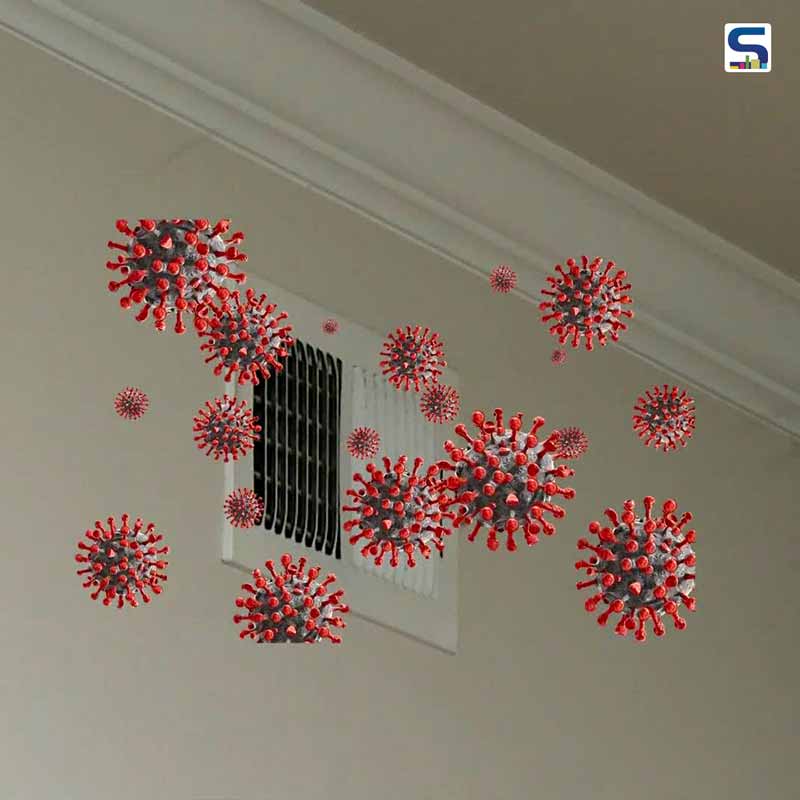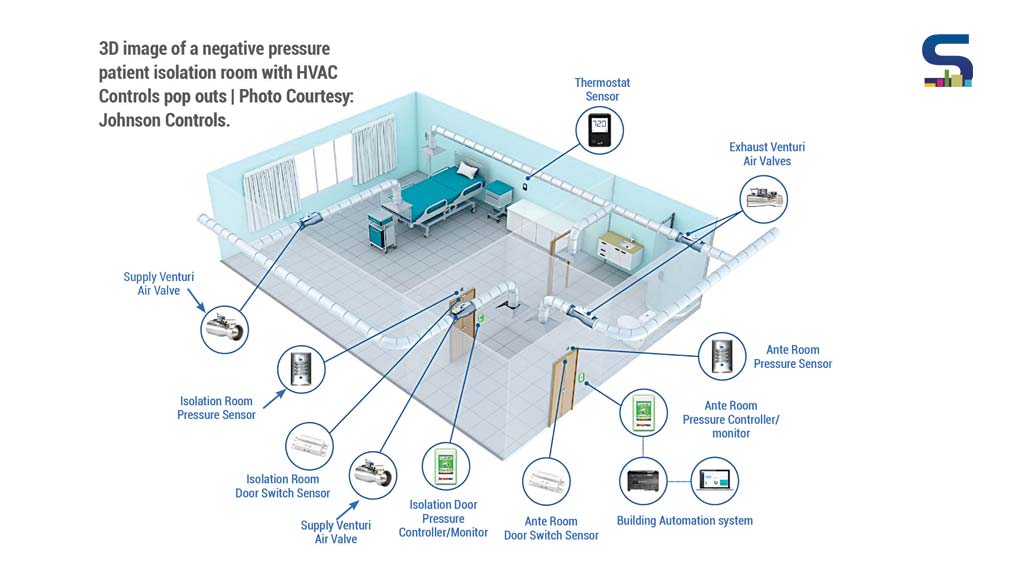
Infectious disease experts say that the virulence, dose and the time of the microbes in the air or on any surface are a few factors that influence the rate of virus transmission, therefore, it has become essential to maintain high levels of air quality at home to prevent the novel coronavirus from spreading. It concludes that a more densely populated room possibly has a higher number of infected people and thus a higher amount of infection-causing particles. In such a situation, increased air quality can reduce the concentration of the microbes in the air and thus lowers the risk of infection.
Also Read: Are you underutilising your HVAC system? See what might be wrong.
Therefore, the HVAC system’s level of performance has a direct impact on the quantity or number of pathogens in the air. So, instead of redesigning all buildings to become more robust to viral outbreaks, steps should be taken to optimize what we have, like reverse engineering our systems to increase their performance.
 3D image of a negative pressure patient isolation room with HVAC Controls pop outs. | Photo Courtesy: Johnson Controls
3D image of a negative pressure patient isolation room with HVAC Controls pop outs. | Photo Courtesy: Johnson Controls
The American Society of Heating, Refrigerating and Air- Conditioning Engineers (ASHRAE) also recommended the ways on how to upgrade HVAC systems to stop the transmission of COVID-19 in the workplace:
- 24/7 system operation
- Apply pressure control
- Increase outdoor air supply rates
- Improve filtration in central air handlers
- Control humidity levels at 40-60%
- Optimize air flow circulation
- Measure air changing rates
- Focus on ultraviolet air and surface treatment
These measures recommended by ASHRAE can help reduce the risk of indoor transmission of viruses to some extent. But HVAC modification is complicated and expensive so will all building possessors opt for it? It remains to be seen. There are some easier and affordable solutions too that they can follow is to recalibrate their system to increase outdoor air flows. However, this approach can have some clear drawbacks such as you will not have the humidity control and you will have to bear the soaring energy costs.
To get the most value from your COVID intervention plan, implement HVAC algorithms under the guidance of building automation specialists to ensure safety, comfort, and energy efficiency. Also, you can ask them to add sensors to detect the ultra-fine particles that may affect the level of pathogenic particles in the interior.
Keep reading SURFACES REPORTER for more such articles and stories.
Join us in SOCIAL MEDIA to stay updated
SR FACEBOOK | SR LINKEDIN | SR INSTAGRAM | SR YOUTUBE
Further, Subscribe to our magazine | Sign Up for the FREE Surfaces Reporter Magazine Newsletter
Also, check out Surfaces Reporter’s encouraging, exciting and educational WEBINARS here.
You may also like to read:
Air filter that can kill Coronavirus
Chinese Architect Sun Dayong Designs Coronavirus Shield
Art in the time of Coronavirus
UNStudio Creates the Coolest White Paint to Protect Buildings From Excessive Heat
and more...